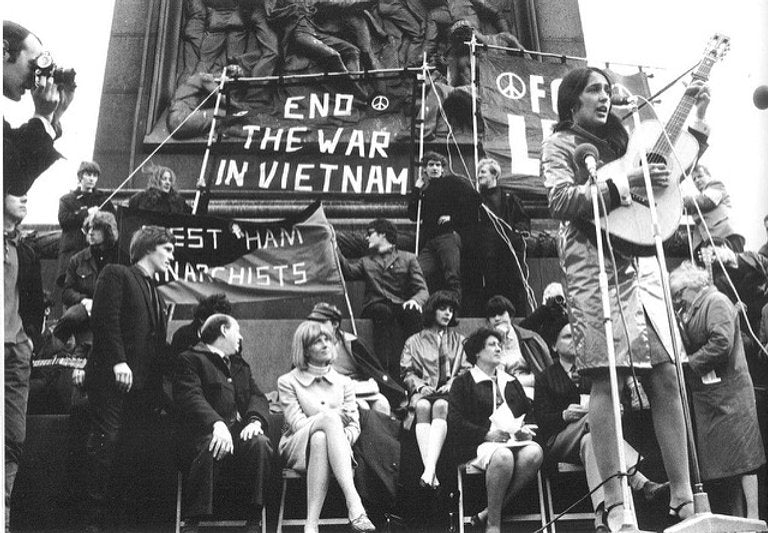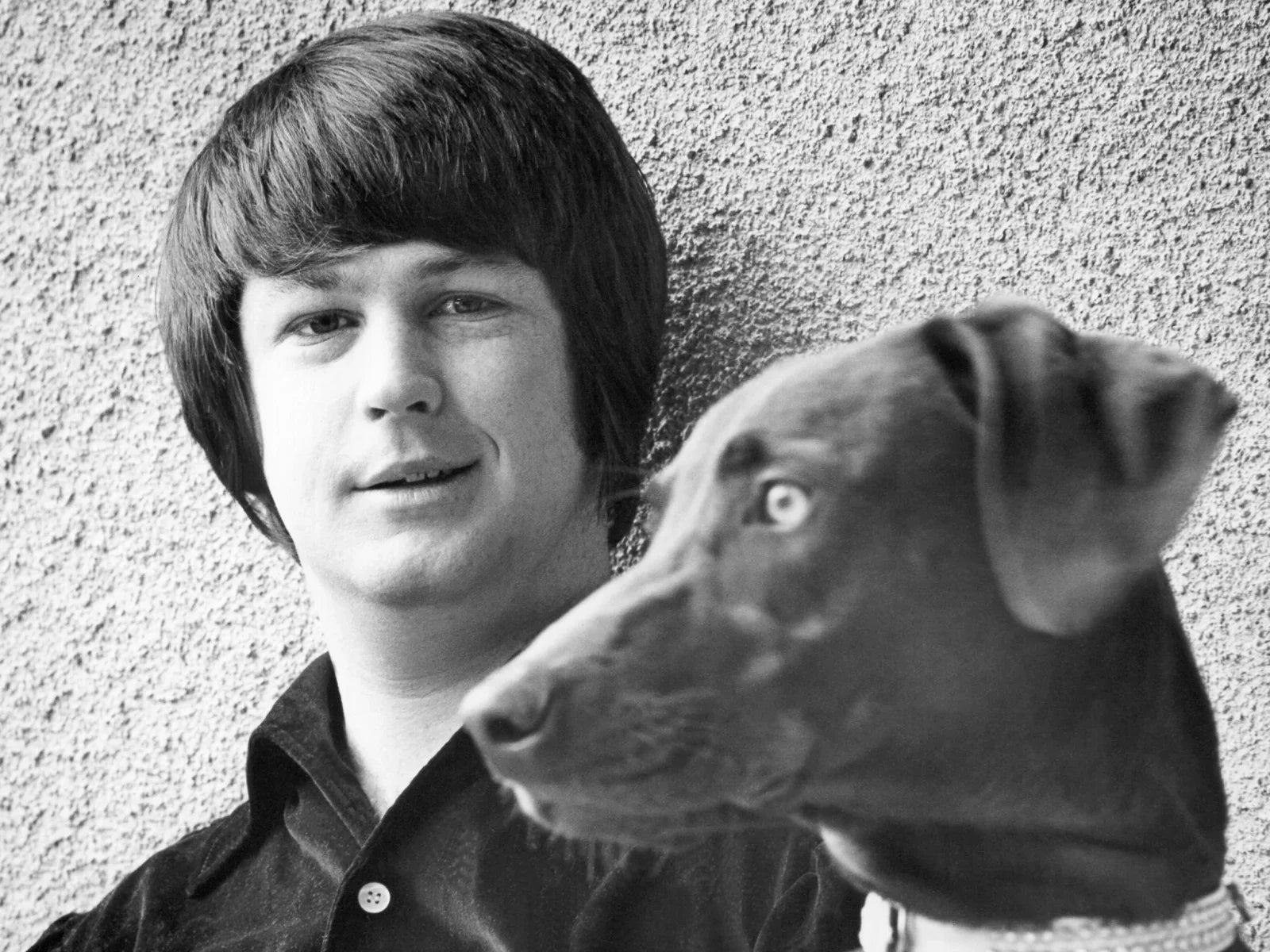Design and Functionality
Unlike fully modular systems that required users to patch every signal path manually, the ARP 2600 came with a normalized internal routing system. This meant it could be played immediately without patch cables, yet still offered modular flexibility via patch points for custom signal routing. This made it ideal for both educational settings and live performance, giving it a reputation as a “best of both worlds” synth.
The 2600 typically came with a built-in keyboard (like the 3620 model), spring reverb, a three-oscillator voice architecture, voltage-controlled filter (VCF), voltage-controlled amplifier (VCA), envelope generators, ring modulator, sample & hold, noise generator, mixer, and even a preamp with envelope follower—features that allowed for deep sound creation without additional modules.
Signature Sound
One of the defining characteristics of the ARP 2600 is its bold, gritty, and versatile tone. Whether producing fat basses, piercing leads, lush textures, or experimental noise, the 2600’s sound has a raw quality that made it a staple of classic recordings. Its 4-pole low-pass filter—modeled initially after the Moog ladder filter—was later changed due to patent disputes, resulting in a unique filter sound that became part of the synth’s signature.
Notably, the ARP 2600 was used to create the voice of R2-D2 in Star Wars, thanks to sound designer Ben Burtt. The synth’s ability to produce expressive, speech-like effects made it invaluable for film and TV sound design.
Artists and Influence
The ARP 2600 has been embraced by a wide range of artists across genres. Some of its most famous users include:
-
Stevie Wonder
-
Jean-Michel Jarre
-
Herbie Hancock
-
Depeche Mode, Nine Inch Nails, and Radiohead
Its influence extends into modern electronic music as well, with reissues and virtual emulations keeping the ARP 2600 sound alive for new generations.
Reissues and Legacy
Despite ARP Instruments shutting down in 1981, the 2600 has seen various revivals. In 2020, Korg announced a faithful reproduction—the ARP 2600 FS (Full Size)—which sold out rapidly. They followed up with the ARP 2600 M, a more compact version that preserved the original’s features. Numerous software emulations, such as those by Arturia and Cherry Audio, have also brought the 2600’s magic into digital workflows.
The enduring appeal of the ARP 2600 lies in its balance of usability, musicality, and sheer sonic power. It stands not just as a relic of the past but as a tool that continues to inspire innovation in music and sound design.
The ARP 2600 is more than a synthesizer—it’s a bridge between the modular experimentation of early electronic music and the practical needs of performers and composers. Its design, tone, and versatility have left an indelible mark on music history. Whether in the hands of a pioneering synth legend or a modern producer, the ARP 2600 remains a benchmark for what a synthesizer can be.
The Playlist
An Iconic Sounds blog wouldn't be complete without a playlist. Here we go.
Jean-Michel Jarre - Oxygene Pt. 4
The lead is an Arp 2600.
Herbie Hancock - Chameleon
The squelchy, funky bass and effects owe a lot to the 2600’s flexible modulation.
Stevie Wonder - Living For The City
The brassy lead that comes in later is a 2600.
Weather Report - Birdland
The 2600 is all over this track.
Radiohead - The National Anthem
Most of the atmospherics in the song are a 2600.
Depeche Mode - Everything Counts
It's actually kind of hard to nail down what is what in early Depeche Mode because they pretty much used every synth there was. However, they did have a rack of four ARP 2600's that they're quoted saying made a great drum machine.
Madonna - Borderline
The bass line is a 2600.
Michael Jackson - Thriller
Another 2600 bass line.
Yazoo - Don't Go
Don't let the video trick you, that brassy synth lead is a 2600.
The Edgar Winter Group - Frankenstein
The bass line is heavily layered with 2600.



